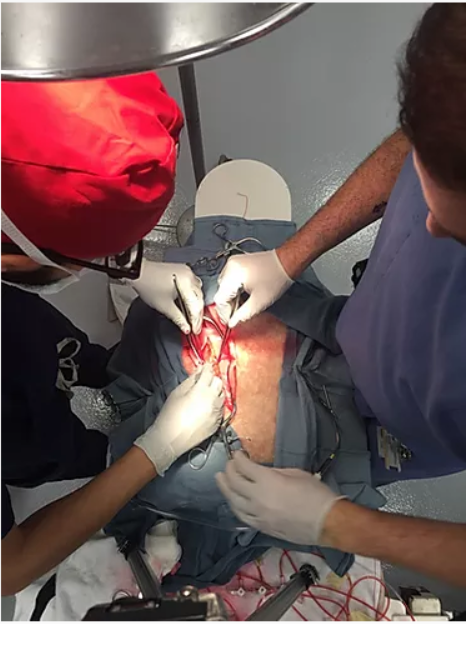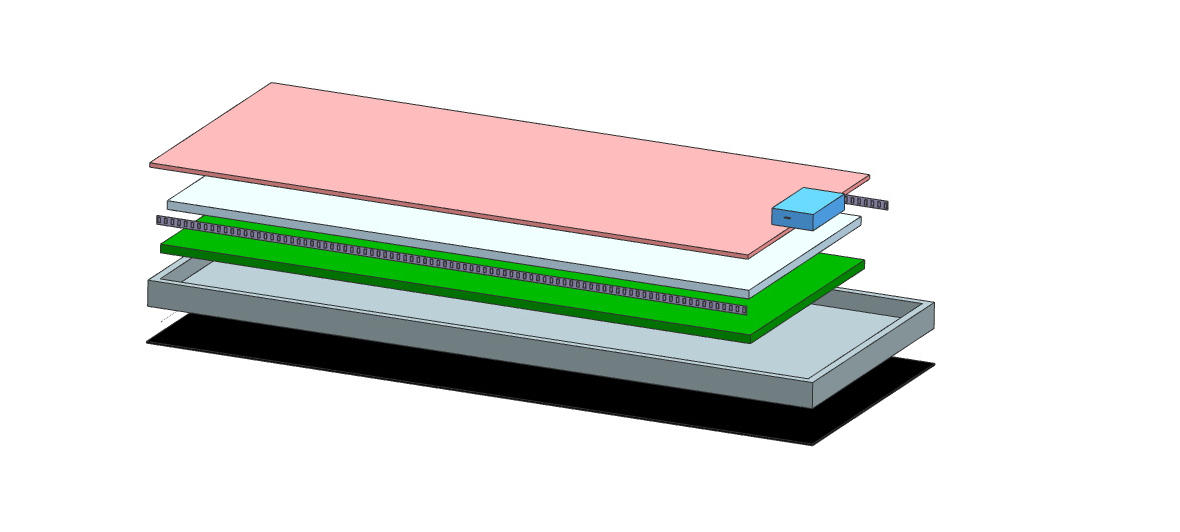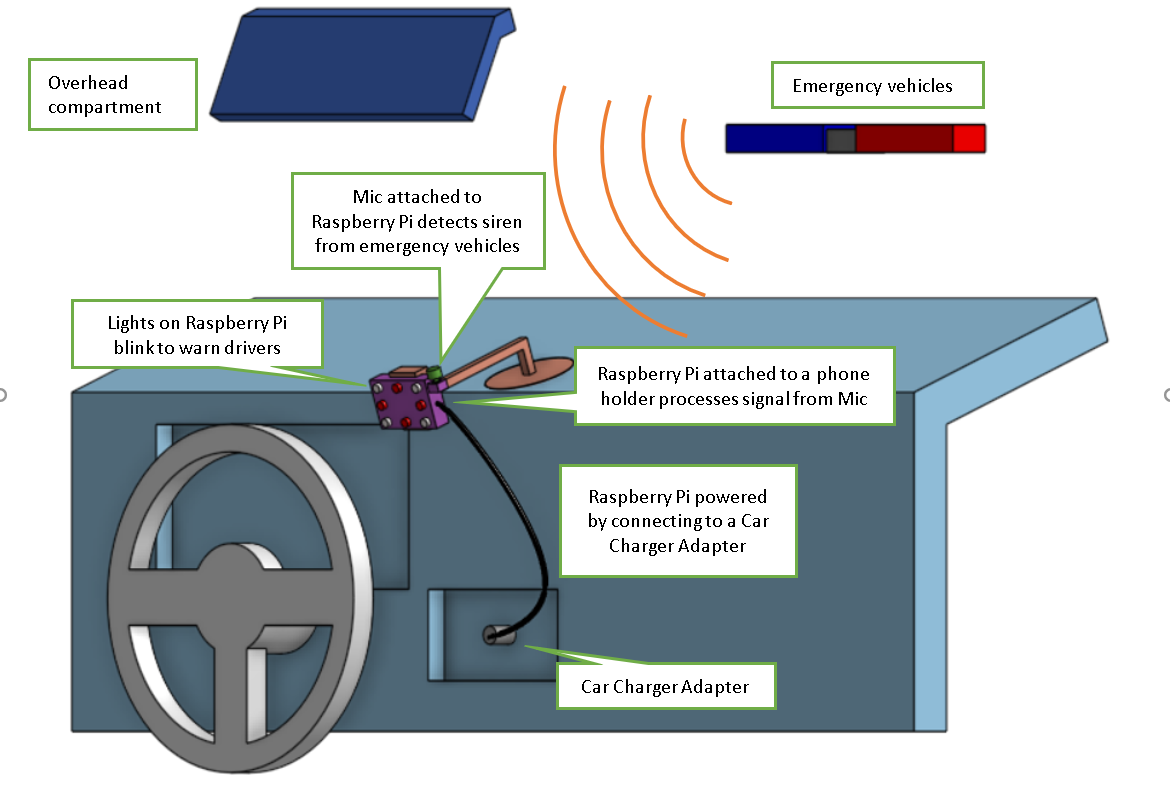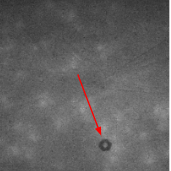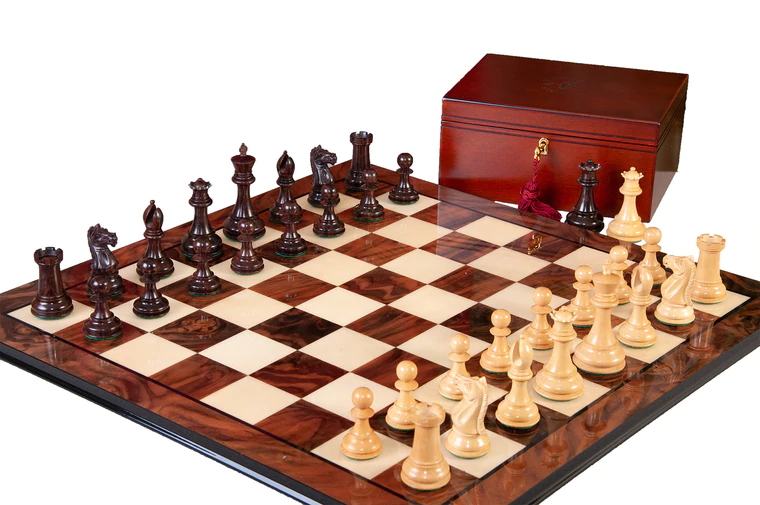
ECE Archive
AI Chess Board
April 27, 2020
Our senior design project is implementing an AI chess board. It uses Python and the popular chess engine Stockfish on a Raspberry Pi to show the user with LEDs where the computer would like to make its move. Our project was a success and could be used as a beginning step to make a more complex and intuitive chess board that plays chess against a user.




